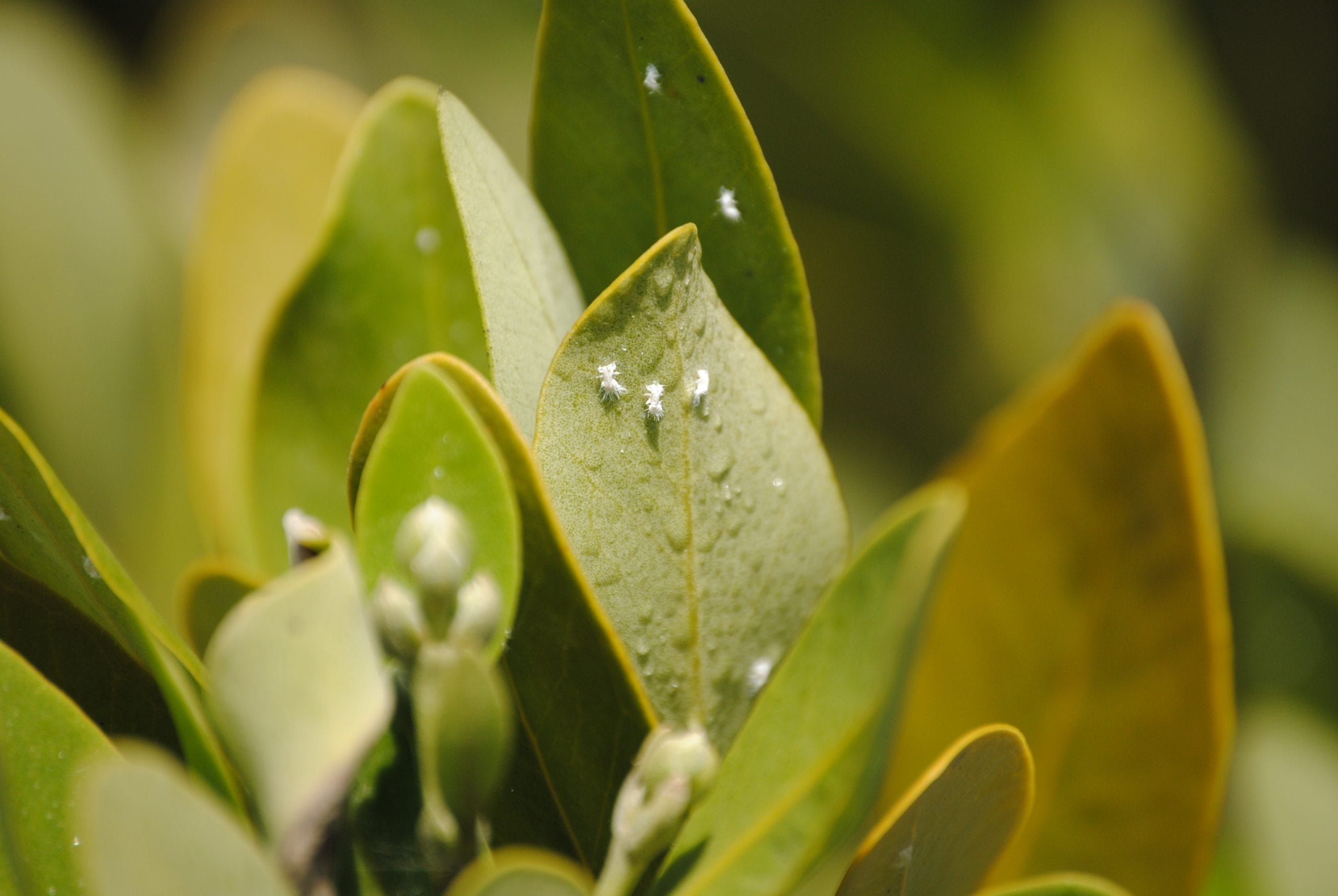Is it right to allocate a portion of our food crops for producing fuel? What the problem really boils down to is energy. In the past decade or so, worldwide biodiesel and bioethanol production have increased fivefold. Worryingly the vast majority of that biofuel originated from ethanol was obtained from corn in the US. This siphons off a portion of the global corn supply from other essential inputs such as animal feed and more importantly food for human consumption. At the rate we're going, corn on the cob could become a thing of the past. It is therefore vital to address the concerns regarding the increasing use of food crops, namely corn, for biofuel purposes due to the potential impacts it may have on global food supplies and security.
Before we embark on the journey of debating food versus fuel, it is essential to understand exactly what biofuels are. Biofuels are manufactured from plants through the collection and subsequent burning of various tissue types jointly referred to as “biomass.†Food crops such as beets and sugarcane contain elevated levels of sugars, similar to sugars obtained from corn kernels, that can be converted into bioethanol most commonly used as an additive to gasoline (most gasoline in the US contains about 10% ethanol currently). Additionally the oil from oil crops such as soybean, rapeseed, and canola can be converted into biodiesel fuel, which can be used in any diesel engine with no modifications. Biofuels produced from feedstock crops like these are considered to be renewable feedstock sources. Similar to fossil fuels, biofuels release carbon dioxide when burned. However biofuels produced from feedstock crops are considered renewable because the carbon dioxide that is being released when the biofuel is burned was previously and very recently removed from the atmosphere by plants via photosynthesis.
Even though biofuel production from plants is considered renewable, there is still a large dispute over what factors need to be taken into account when computing the net energy gains or losses from producing a biofuel. As it turns out, economics is at the center of the battle. Biomass production requires steep energy inputs. These inputs include being grown, collected, transported, dried, and then ultimately converted into bioethanol or biodiesel. A holistic measurement used by the US Department of Agriculture, called the “fuel energy balanceâ€, needs to be considered when comparing the use of food crops to dedicated biofuel crops for biofuel production. The “fuel energy balance†is the ratio of the energy released from burning the biofuel to the “input energy†required to produce the biomass material.
The “fuel energy balance†for corn in the US is surprisingly optimistic, showing a low yet positive energy balance due to recent technological advances. Consequently bioethanol from corn kernels contains more energy than was required to actually produce the fuel. However allocating some of our corn for bioethanol production still reduces the overall corn supply, but by exactly how much? In 2000, about 90% of the corn grown in the US was used for feeding livestock and people with less than 5% going towards bioethanol production. More recently in 2013, a staggering 40% of corn grown in the US went towards producing bioethanol. As the US produces about 40% of the worldwide corn supply, this reallocation affects not only US residents, but also many underprivileged countries in the Western Hemisphere that import US corn.
More recently in 2013, a staggering 40% of corn grown in the US went towards producing bioethanol.
So does corn on the cob really stand a chance? Why do we still rely so heavily on corn as a source for bioethanol production? The most prominent reason seems to be the prior existence of infrastructure, namely for crop production and transportation, that made corn a more amenable plant to convert into a biofuel-oriented crop initially. Additionally the utilization of corn has been highly incentivized due to the abundance of tax credits, import tariffs, and subsidies in the US.
Despite our reliance on corn as a primary bioethanol source, second generation biofuel sources have started to pave the way for modern bioethanol production. Second-generation biofuel sources are composed of lignocellulosic biomass and woody crops, the vast majority of which are not primary sources of food. Due to the high accumulation of biomass in addition to lower energy inputs such as nitrogen fertilizers, second-generation biofuel crops such as miscanthus and switchgrass have been heavily studied in recent years. One major problem with these novel biofuel sources is actually getting to the sugars needed to create bioethanol. Unlike corn kernels, the sought-after cellulosic sugars are not easily accessible. The complex polymer lignin blocks access to these sugars and current research aims at trying to reduce lignin levels in second-generation biofuel plants to more efficiently extract the sugars. Lignin essentially acts as a major gatekeeper to the hidden goldmines of sugar researchers are trying so relentlessly to get at.
Lignin essentially acts as a major gatekeeper to the hidden goldmines of sugar researchers are trying so relentlessly to get at.
In addition to novel sources for bioethanol production, algae has emerged as an effective source for biodiesel production. The production of algae biodiesel, commonly termed algafuel, makes use of brine water and non-productive land to produce oils that can be utilized in biodiesel mixtures. Currently algae farms have the ability to produce between 10 and 100 times more biodiesel per unit area when compared with second-generation oil crops. The limiting factor for biodiesel production from algae is currently the high capital, operating, and startup costs. Due to the high initial costs, additional roles for farmed algae need to be imagined to equilibrate the “fuel energy balance†for this biofuel source. For example, the leftover biomass from algae has been shown to be an inexpensive source for bioethanol production. As a source for both biodiesel and bioethanol that does not compete with food crops for resources, biofuels sourced from algae may currently be the best alternative to food crop-based biofuel production. With any luck and massive research efforts, perhaps corn on the cob could stay with us a while longer.
Top image shows photobioreactors for algafuel production. Bottom image shows large scale “open pond” arrangement for algafuel production.
References:
http://www.afdc.energy.gov/fuels/ethanol_fuel_basics.html
http://www.pacificethanol.net/resources/energy-balance-ethanol-is-a-net-energy-winner
http://video.nationalgeographic.com/video/magazine/140915-ngm-food-fuel-ngfood
https://www.extension.iastate.edu/agdm/crops/outlook/cornbalancesheet.pdf
http://www.forbes.com/sites/jamesconca/2014/04/20/its-final-corn-ethanol-is-of-no-use/
Cadoux, S., et al., Implications of productivity and nutrient requirements on greenhouse gas balance of annual and perennial bioenergy crops. Global Change Biology Bioenergy, 2014. 6(4): p. 425-438.
Carriquiry, M. A.; Du, X.; Timilsina, G. R. (2011). “Second generation biofuels: Economics and policies”. Energy Policy 39 (7): 4222.
Greenwell, H. C.; Laurens, L. M. L.; Shields, R. J.; Lovitt, R. W.; Flynn, K. J. (2009). “Placing microalgae on the biofuels priority list: A review of the technological challenges”. Journal of the Royal Society Interface 7 (46): 703.
Li, K.X., S. Liu, and X.H. Liu, An overview of algae bioethanol production. International Journal of Energy Research, 2014. 38(8): p. 965-977.
About the Author
John J. Spiekerman is a postdoctoral researcher in the Department of Plant Biology at the University of Georgia. John's research focuses on salt tolerance in seashore paspalum, a halophytic grass species, with the hope of improving salt-sensitive food crops. He is a co-founding member of Athens Science Observer, where he served as Editor-in-Chief in 2017, and also served on the programming board for the Athens Science Café. He loves pizza, coffee, playing music, reading, and running…exactly in that order.
-
John Spiekermanhttps://athensscienceobserver.com/author/john-spiekerman/March 23, 2021
-
John Spiekermanhttps://athensscienceobserver.com/author/john-spiekerman/November 3, 2020
-
John Spiekermanhttps://athensscienceobserver.com/author/john-spiekerman/March 18, 2020
-
John Spiekermanhttps://athensscienceobserver.com/author/john-spiekerman/July 13, 2015









